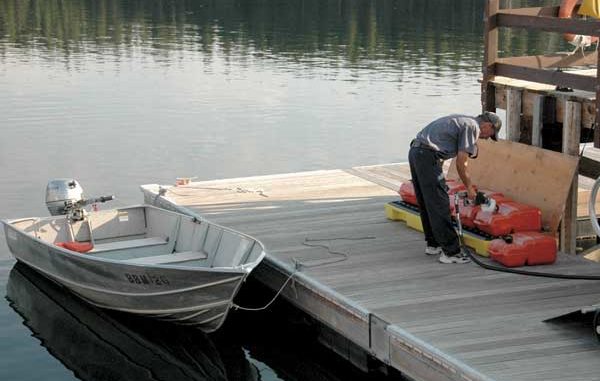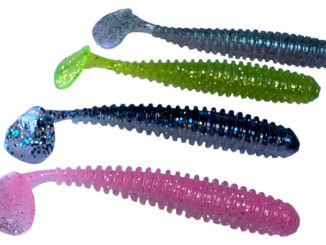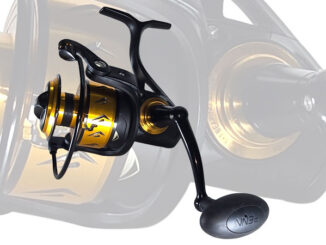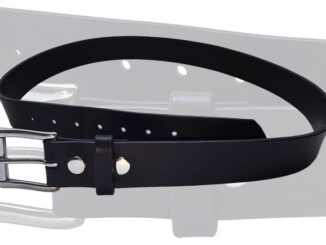
These fish will make your day when nothing else seems to be biting.
After launching the center console for the first fishing trip of the season, one minute I was zipping toward the fishing grounds at cruising speed, and the next I was off-plane and barely able to keep the outboard at idle as it labored to turn an erratic 500 RPMs. By pumping the fuel line’s primer bulb, for a while I was able to feed the fuel pump just enough juice to keep the engine running, but eventually even that didn’t work, and I sat bobbing in the suddenly silent craft.
After a several minutes, I tried the engine again, and it fired, ran well for a minute or two, and then died as before. It took three more of these start-and-stop sessions to get me back to the ramp, where I loaded the boat on the trailer and took it to my friend’s shop.
He called the next day to say he had drained the boat’s fuel tank and found not only water in the gas but rust particles from the boat’s internal metal tank clogging the screen on the fuel line’s intake hose. He said that what was occurring the previous day was the line would suck the grit-laced gas for a while until the particles clogged the mesh and choked off the fuel supply.
When the engine shut down and there was no more pressure from the fuel pump pinning the pieces to the mesh, they would fall away from the filter. Each time I tried the engine again, enough fuel would be sucked into the system to get the engine going for a few minutes before the screen would clog with the suspended particles and choke the system once more.
My friend explained that the tank had probably deteriorated due to offseason neglect, which had allowed condensation to occur and water to form inside the tank. That water not only diluted the gas it contained, but began to corrode the metal tank’s interior.
When he asked me if I had added stabilizer to the fuel before putting the boat away at the end of the previous season, I was able to answer an honest “yes.” I didn’t mention anything about having to add a dozen gallons of fresh gas to top off the 24-gallon tank, which had been only half full during the six-month offseason layover.
He recommended replacing the tank with a plastic one, which I did, and never had another problem. I also never neglected to both stabilize and top off the fuel tank at the end of the season, and made a note to myself to avoid metal gas tanks in the future.
The right treatment
David Lecaros is the technical director for one of the industry’s leading suppliers of fuel tanks and delivery systems for pleasure boats, Tempo Products. Lecaros said boaters actually have two choices for properly preparing their boat’s fuel systems for extended periods of non-use or storage during the offseason.
“The best thing you can do is empty your tank completely before putting the boat away for the season,” explained Lecaros. “You can pump it or drain it dry or simply run the engine until it burns the fuel remaining in the tank.”
The other fuel-storage strategy offered by Lecaros is topping off the tank with fresh gasoline and treating it will fuel stabilizer, which will combine to reduce the chance of water accumulating in the tank from condensation and treat the gas with additives to help keep it from deteriorating over time.
“What you don’t want to do is put the boat away with a tank that is partially full of gasoline,” he said, “whether it’s stabilized or not.”
Lecaros also advised closing the fuel tank’s ventilation cap not only during long-term storage, but any time a tank is not being used to feed a fuel system.
“Some people believe that because they do expand and contract with changing air temperatures, plastic tanks should be vented,” explained Lecaros. “But that’s one of the advantages of plastic tanks over steel: They will expand instead of rupturing, so there’s no reason to vent the tank to allow for it.
“On the other hand, venting a fuel tank for extended periods can allow combustible vapors to accumulate in the vicinity of the tank, which in an enclosed area can be extremely dangerous.”
Lecaros said that when putting the boat away for an extended period of time, you should check the tank — steel or plastic — for any obvious signs of stress or leaking, and make sure that all the gaskets are intact, whole, flexible and working. Ditto the fuel lines and primer bulb.
The Tempo pro said the beginning and end of each boating season are important times to give your fuel system a close looking-over.
“Replace any part of the boat’s fuel delivery system that looks the least bit suspect,” advised Lecaros, “or the least of your problems will be that suddenly you’re not going anywhere.”


